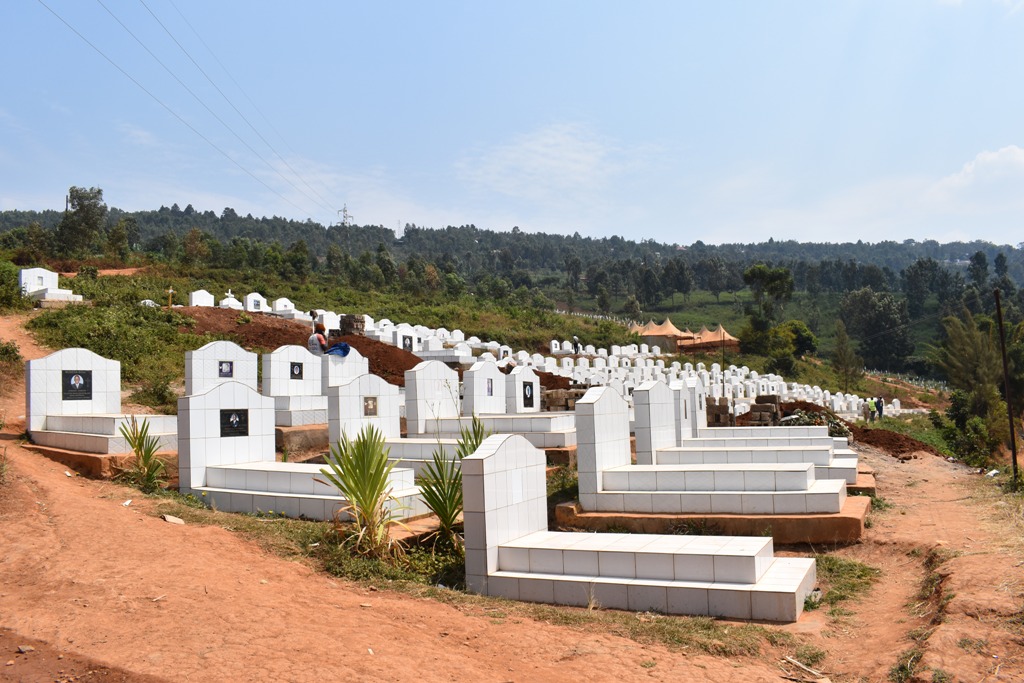A proposed law amendment seeks to ban burying the dead in tombs built with cement and tiles to address delays in land reuse, according to the Ministry of Local Government (MINALOC).
It argues that tombs constructed with cement and tiles can hinder the natural decomposition process of bodies, and prevent the land from being repurposed efficiently, resulting in cemetery scarcity.
The current law determining the organization and use of cemeteries was enacted in 2013.
“One of the ways to amend the law determining the organization and use of cemeteries is to address the challenge by prohibiting burial tombs with cement, tiles, and metallic materials that take long to decompose, thus prolonging land reuse period,” said Joseph Curio Havugimana, the Head of Communications at MINALOC.
The scarcity of cemeteries in Rwanda has affected a large number of local citizens and non-natives in various ways. The local government ministry argues the intended change could help address the problem.
The extended longevity of cement and tiles
The composition of cement involves the blend of materials like limestone and clay, which undergo high-temperature processes to create robust, resilient substances.
This results in a durable material that is highly resistant to the natural decomposition process.
Similarly, tiles, whether crafted from ceramic, glass, or natural stone, are intentionally manufactured to be enduring and steadfast.
These materials are designed to withstand degradation from natural elements.
MINALOC acknowledges the challenges surrounding burials in Rwanda, particularly the limited availability of land for cemeteries nationwide.
Havugimana pointed out that the government, in collaboration with local authorities, should promote the use of biodegradable materials instead of non-biodegradable options like cement and tiles.
By opting for materials that decompose more quickly, such as soft materials, it can facilitate the timely reuse of land, thereby mitigating the issue of land scarcity for burial grounds.
However, it is still recommended to use biodegradable materials for burials – in ordinary tombs – to allow cemetery reuse after 10 years, as mandated by law as to standard burial plots, while special tombs can only be reused after 20 years from the last interment.
According to the existing law, an ordinary tomb is excavated into the soil, not constructed in all its parts, while a special tomb is excavated into the soil and constructed in all its parts or at the top only. Special tombs are placed in reserved areas of the public cemeteries, it adds.
Cremation as another alternative
Under the current law, cremation is one of the accepted inhumation ways. But, for a body to be cremated, it requires authorization issued by the Executive Secretary of the Sector or, in his/her absence, by his/her deputy.
Even though cremation isn’t largely supported in Rwanda, there are no available public facilities to carry out this method as it would be a good option to solve the scarcity of cemeteries in Rwanda.
Asked if there are any public cremation facilities in Rwanda, Havugimana said “We’ve tried to encourage private investors to consider this opportunity, but cultural resistance also continues to be a barrier to wider adoption.”
Meanwhile, Rwanda has a foreign population that sees cremation as part of their burial customs. This necessitates the availability of cineration facilities.
TNT

